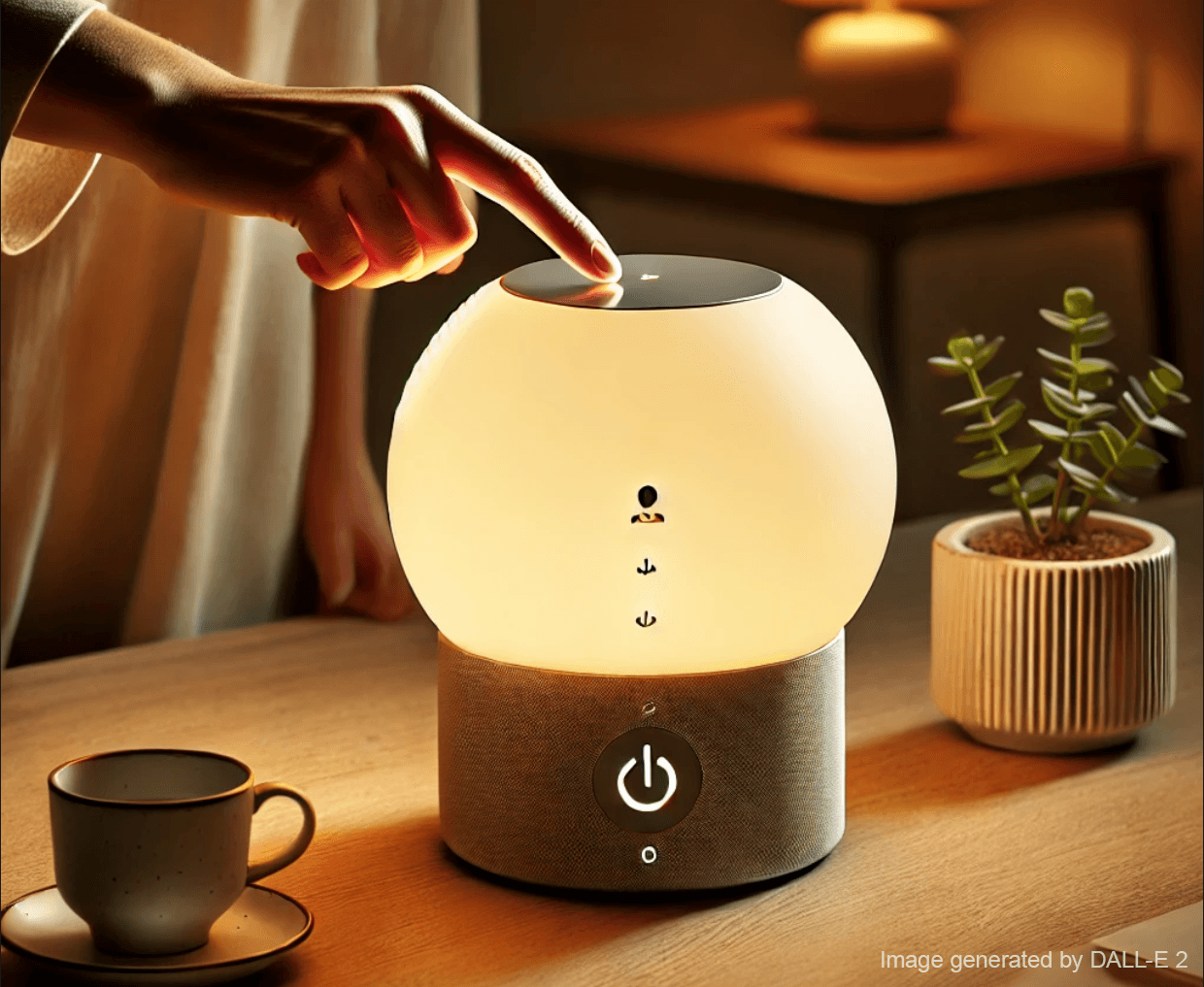Overview
We want to create a solution to help reduce loneliness for seniors
Loneliness and social isolation significantly increase the risk to mental and physical health, which is a problem strongly resonated with my team, with older family members or loved ones living overseas where we cannot provide constant companionship.
User Research
Understanding loneliness in older adults (60+)
As loneliness in seniors was a broad topic, we set up research to explore the traits of older adults who face loneliness and the types of social, emotional, or environmental interactions older adults find most fulfilling in alleviating loneliness.

secondary research

6 user interviews

132 online survey responses
Our research findings
Our research findings indicate that one root cause of loneliness is a lack of close social connections, which can disproportionately affect seniors as their social circles tend to shrink with age, and many found it hard to create new connections.
Root causes of loneliness are…
Seniors most negatively affected by loneliness are…
Most needed & helpful interactions for seniors to alleviate loneliness are…
Applying research result
We decided to revise our design question to focus on building meaningful connection as the key method for reducing emotional isolation.
Persona
Here is a persona to keep us reminded of our users' needs.
Creating ideas on how to foster new connections
We created more than 60 ideas, and narrowed down to the below three that focus on building connection through local community.
Physical Connection Board
Physical space to foster casual in-person interactions.
Interactive Memory Board
Promote community connection through shared interest using mixed digital and physical media.
Personalized Event Box
Encourage older adults to attend social events through personalized and delivered information.
Recalling Grandpa George from our persona, we were reminded that not all seniors are comfortable or capable of socializing to create new connections.
In our research, we also found that the inability to express true thoughts is a cause of loneliness. Aside from the lack of physical connection, we found that the issue lies in the lack of motivation to share, especially for people who lack a routine to promote mental wellness.
Emotional Isolation refers to a state where an individual feels disconnected from others on an emotional level, even if they are surrounded by people. We pivoted toward addressing the internal barriers seniors face when trying to express their emotions.
This time, we focused on encouraging older adults to share inner thoughts and feelings
After another round of sketching and ideation, we decided to go forward with a solution that would provide a personalized companion to always listen and respond to user's emotions.
Our solution: A companion that is always physically and emotionally accessible
Below are the main ideas behind our solution to help senior reduce loneliness.

empathize with emotions and thoughts

initiate routine interaction to build a habit of sharing

provide accessible support any time

comfortably integrate with the user's home
We introduce: Buddy Light
Your AI powered emotional companion that is warm and always within reach.
We leveraged these core features to achieve the above design goals:
Physcial Product
more accessible than small mobile interfaces for older adults
requires less technical proficiency
We decided to use a lamp as lamps are functional and can easily integrate into familiar environment. Warm lights are also associated with a sense of comfort.
Conversational AI
widely accessible in the modern age
more affordable solution compared to a readily available real person
can be trained to provide professional consultation
Routine conversation to build positive habit
lonely users may lack the motivation to share their thoughts proactively, so our solution should initiate conversation
OnDemand Support
We want to provide support for the user whenever they need it.
Easy to use
keep the setup and interaction intuitive
Concept image

User flows
We envisioned three interactions with Buddy Light:
Daily routine check-ins in the morning and at night
On-demand chat whenever user touches the top of the lamp
Easy setup and customizable check-in times
Storyboards
A look at how Buddy Light can greet the user warmly in the morning or provide comfort when they’re feeling down.
Prototypes
We developed low-fi prototypes
including (1) a paper prototype for companion app interface, (2) a physical lamp made of glass bowl + flashlight + wrapping paper, and (3) a GPT agent trained on ChatGPT.
Usability Testing
We conducted two tests with non-senior users to gather feedback on voice interaction, the setup process, and the overall experience.
Usability Goal
User Experience Goal
Final Design
Buddy Light will check-in with user routinely, or whenever the user touches the lamp.
Easy wireless device setup using app
Set up preferences using voice chat
My reflection










































